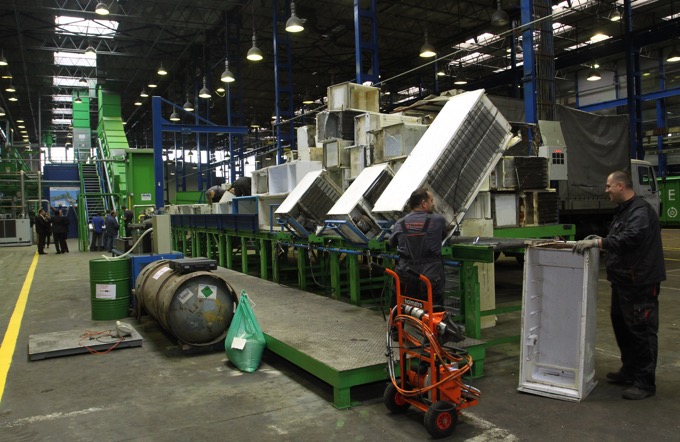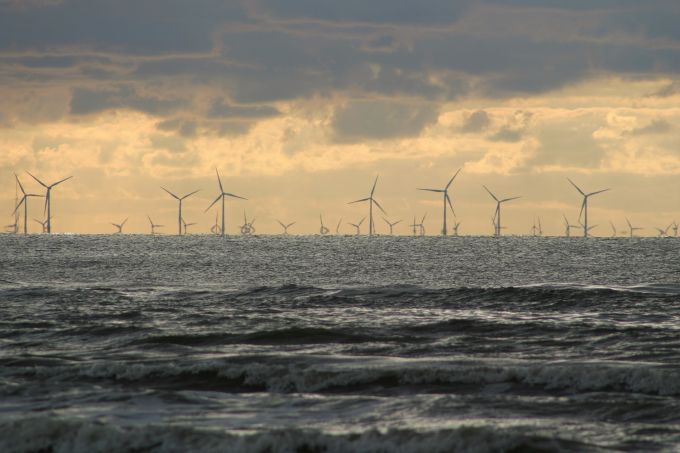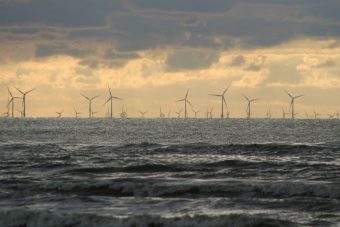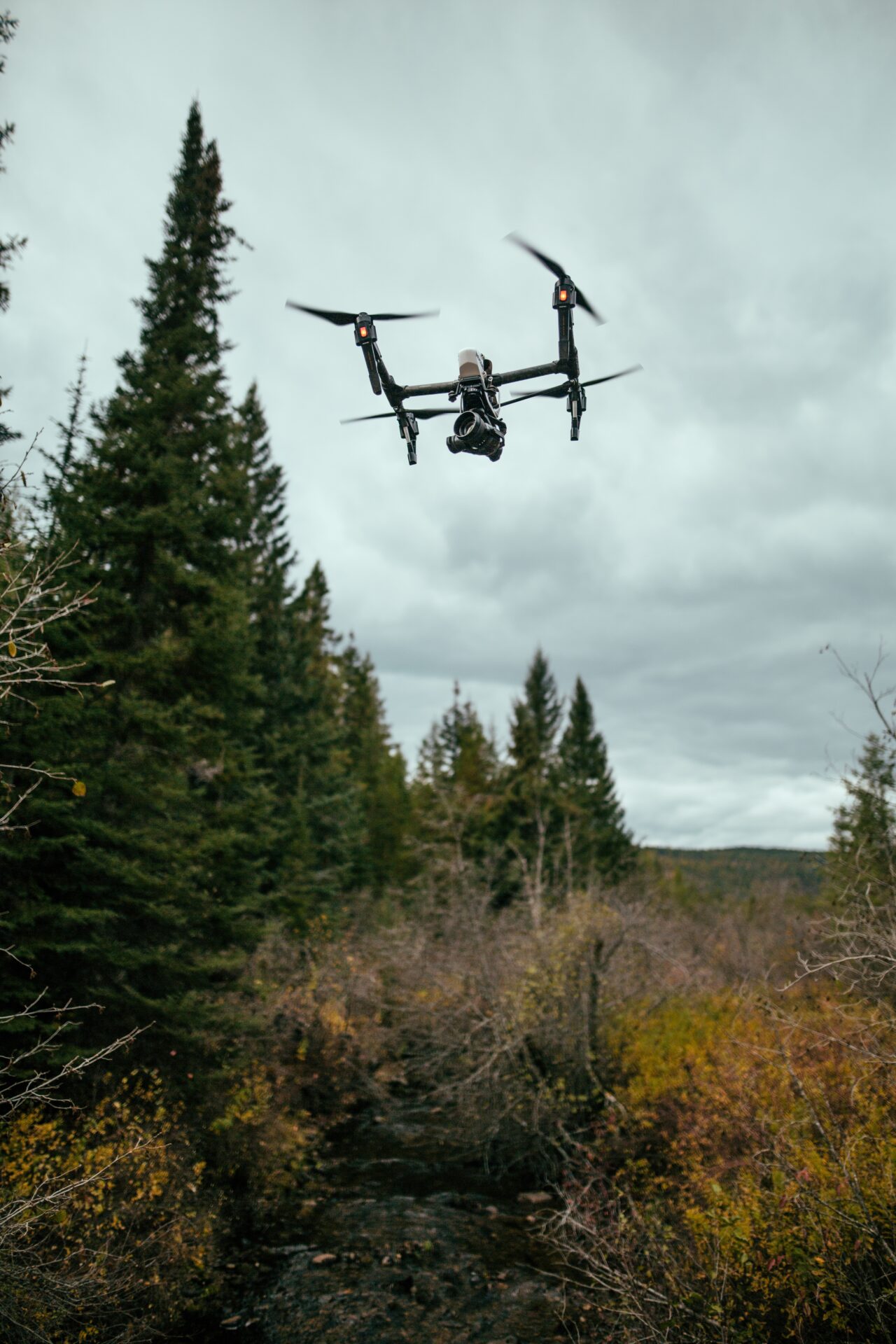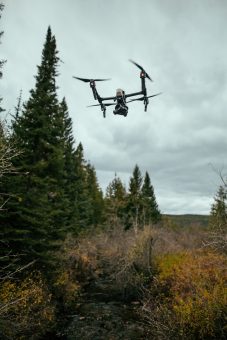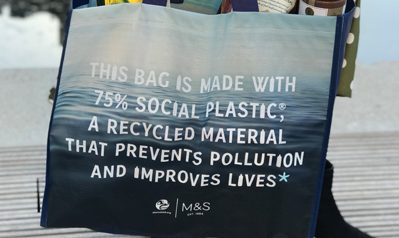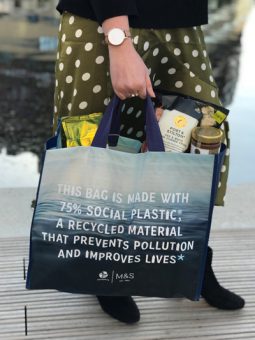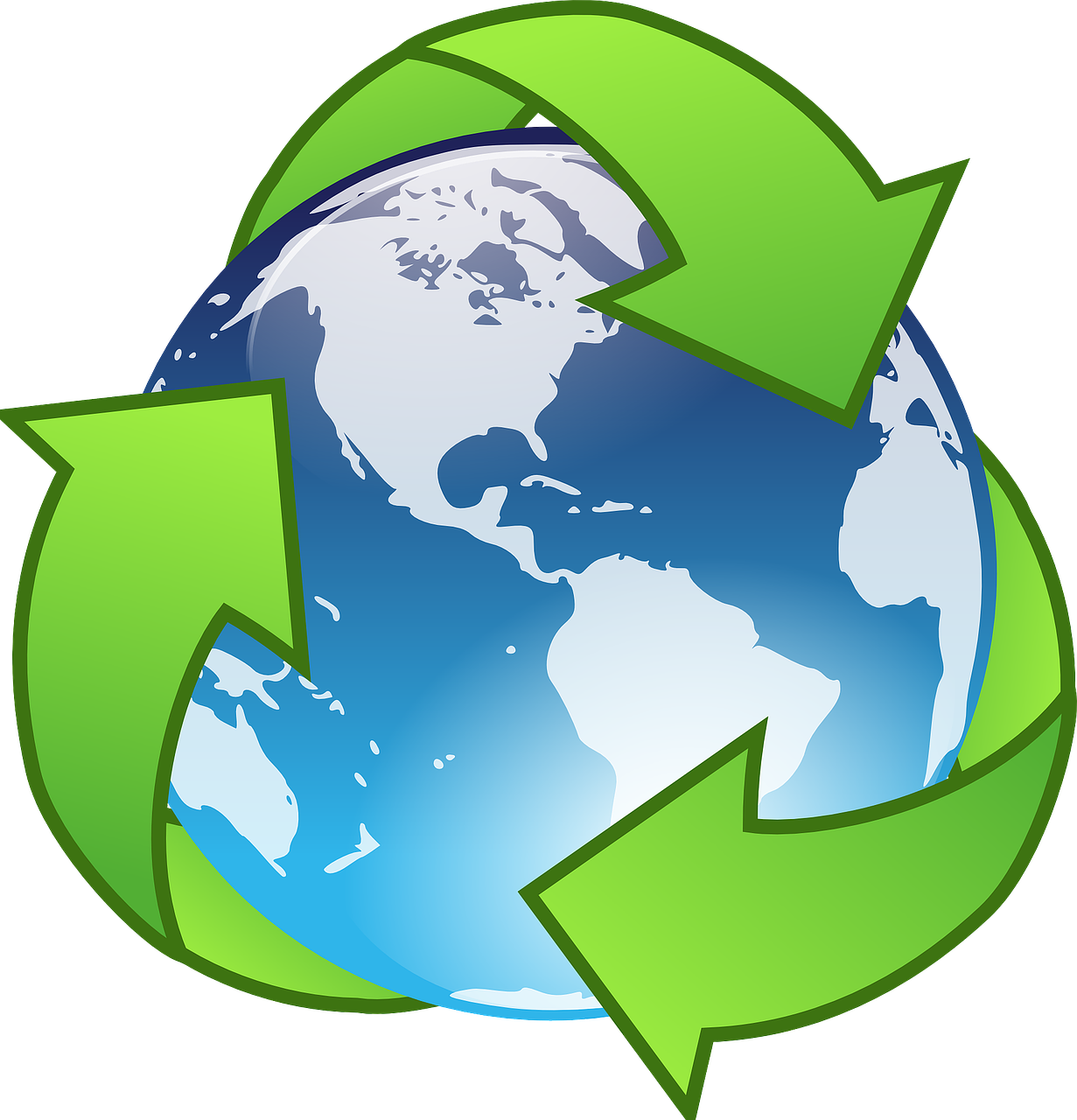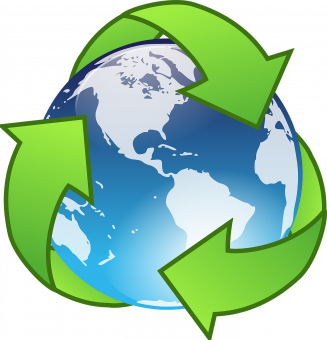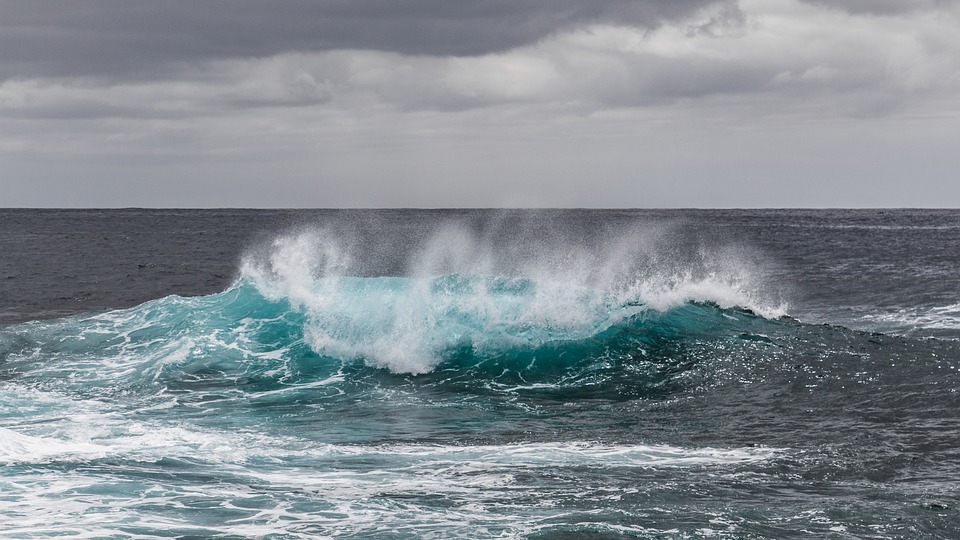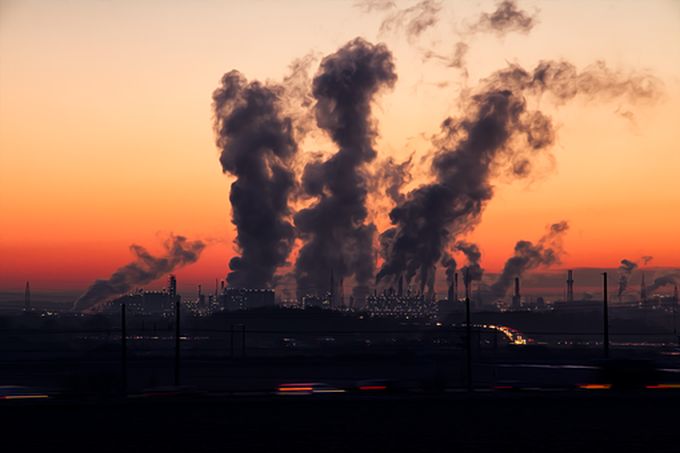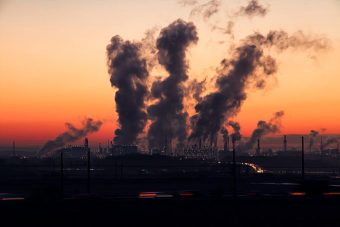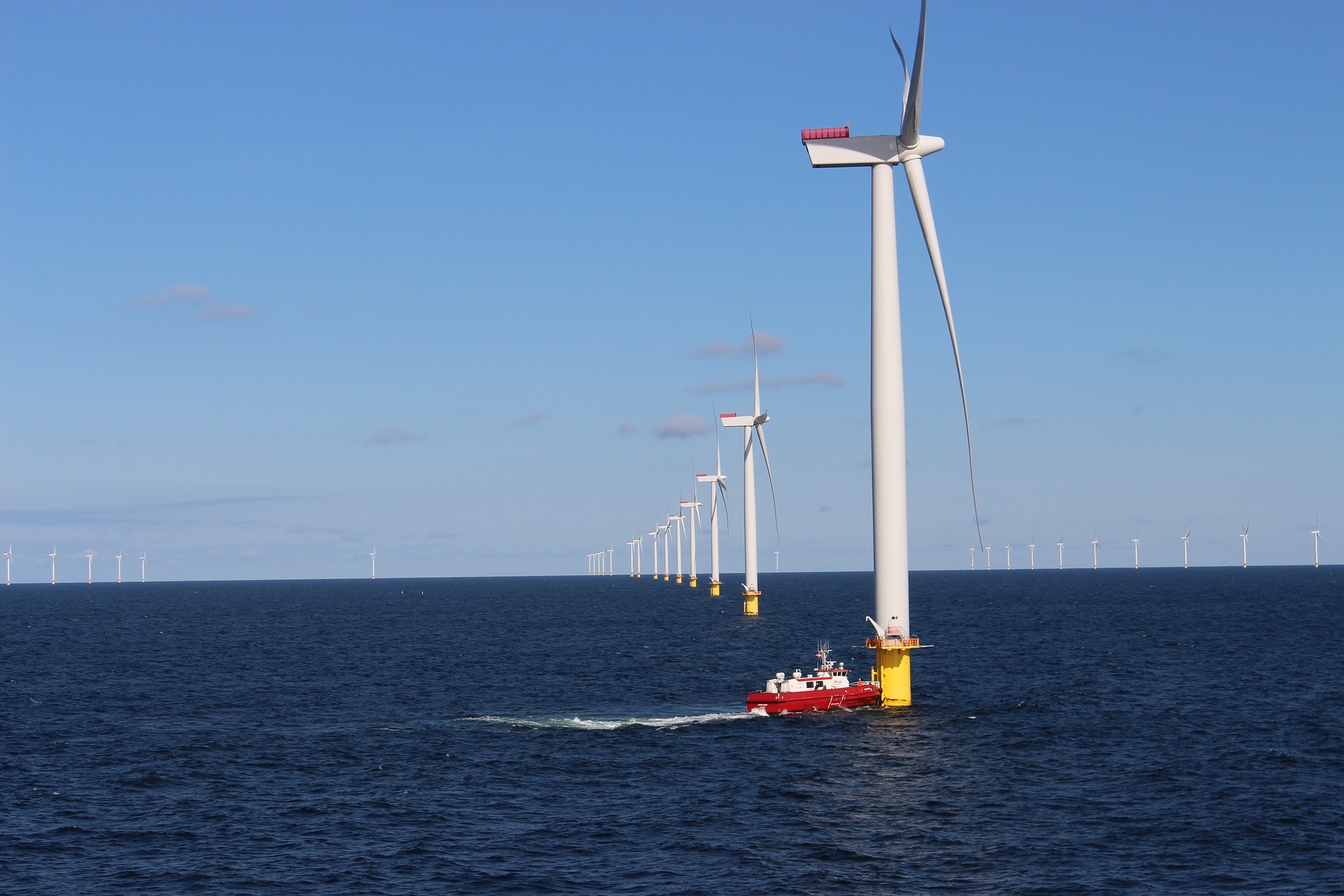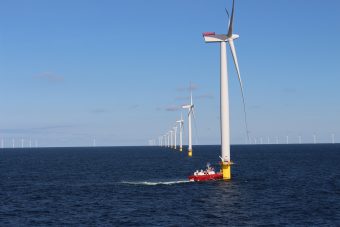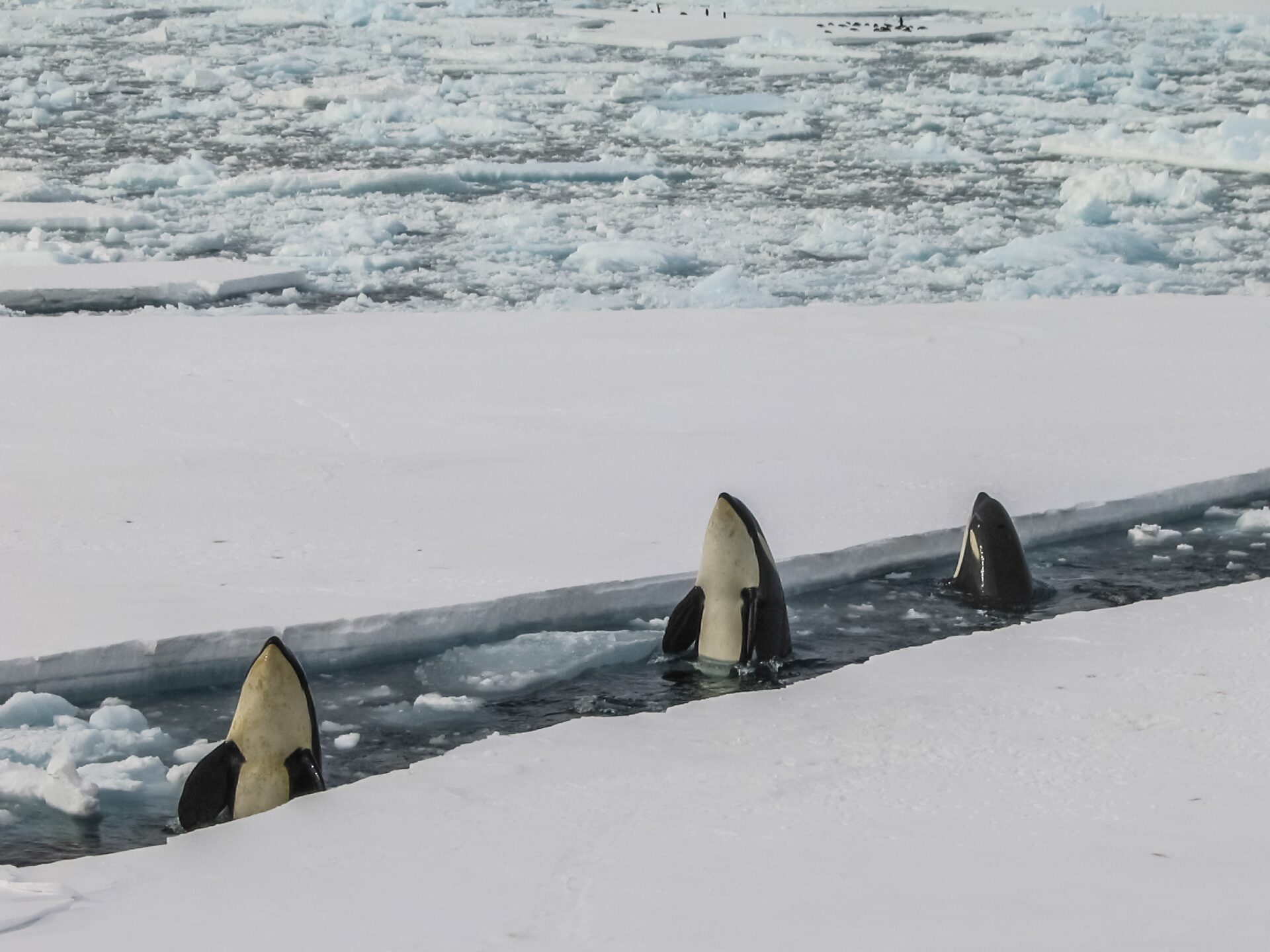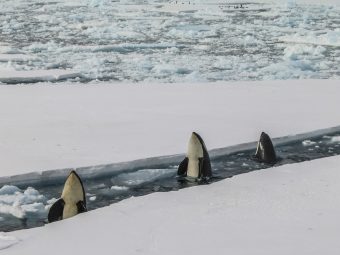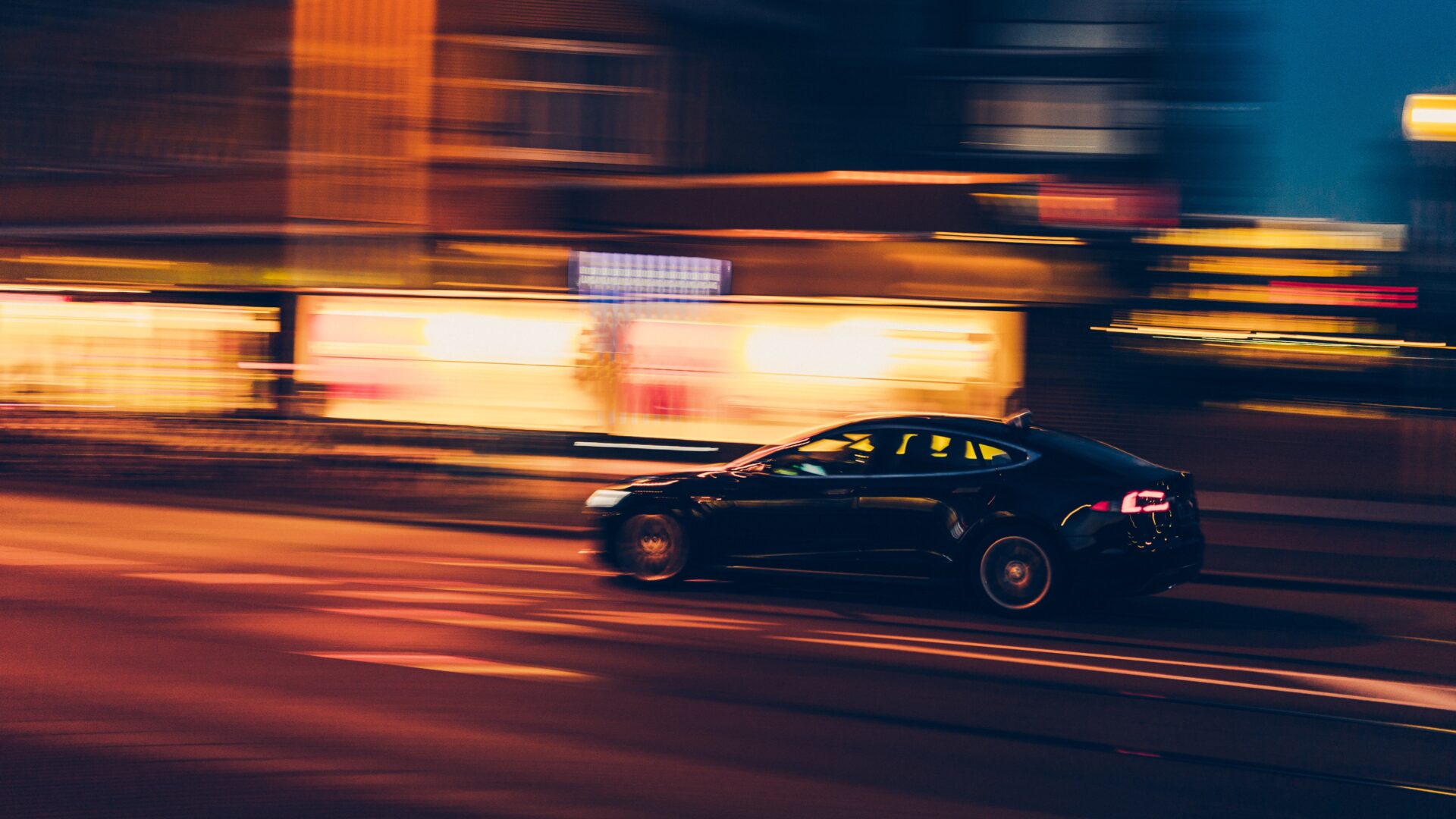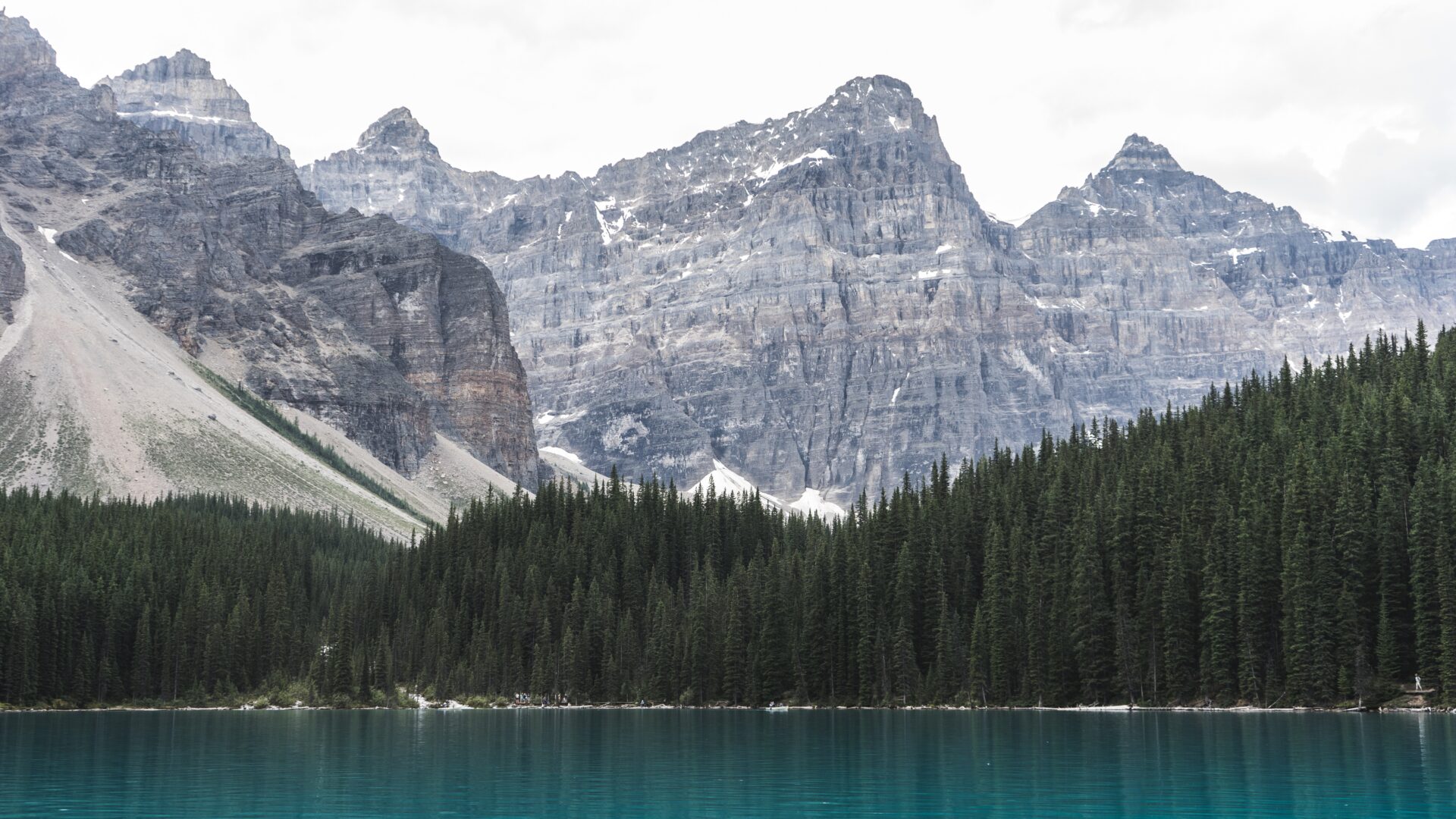That’s the prediction from Alex Gilbert, Senior Strategy Manager at Transport for London.
A huge proportion of London’s transport will be green by 2040.

That’s the prediction from Alex Gilbert, Senior Strategy Manager at Transport for London (TfL), who said decarbonising the city’s transport system poses a significant but achievable challenge.
Speaking at Energy Live Expo, he told ELN Editor Sumit Bose that TfL has a target of making its rail network, including all underground and overground lines, totally green by 2030.
He added electrifying other forms of transport could prove more difficult due to the wide range of services available, noting that TfL alone is responsible for 17 different methods of transport, each with their own unique requirements, technologies and legislation.
Mr Gilbert conceded air quality in London is still a massive issue and admitted that there will be petrol and diesel cars on the roads for a long time from now.
However, he added he expected the real push towards electric vehicle (EV) adoption to begin in earnest by 2025, by which time he expects to see a “huge uptick” in new registrations and drivers.
He predicted once this occurs, diesel will instantly disappear as a viable form of transportation.
Click here to see Alex Gilbert’s full Energy Live Expo interview.
Source: Energy Live News







